In a Japanese survey, 83.7% of teens aged 15 to 18 recognized child suicide as a social problem, while only 62.0% of older people did so.


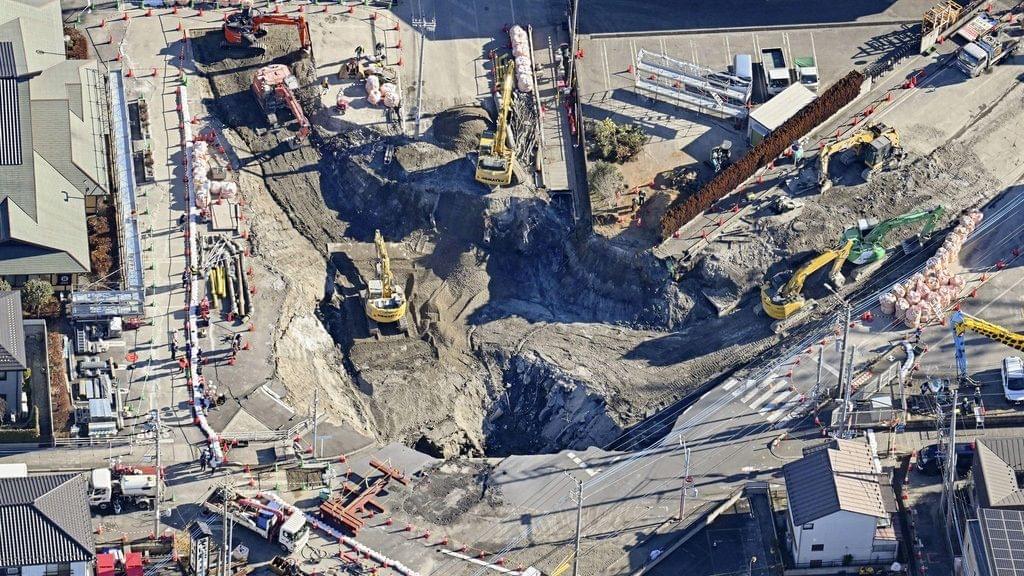
The impact of the collapse extended far beyond the immediate disruption to traffic and businesses in the area, affecting wastewater services for 1.2 million residents in the prefecture. Authorities called on inhabitants of surrounding cities to reduce their water usage, pressing them to curtail activities like bathing and washing clothing. In addition, wastewater was collected to reduce the flow to the damaged pipe, with the effluent then chlorinated and released into a nearby river, potentially damaging the environment.
The wide scale of service disruption is linked to Japan’s approach to wastewater management. Wastewater operations are overseen by public sewage systems operated by a single municipality or regional sewage systems operated jointly by multiple municipalities. The pipeline in Yashio was in the latter category and carried wastewater collected from 12 municipalities. While such regional management systems provide significant advantages to cities in terms of efficiency and cost savings, the failed pipe and resulting sinkhole illustrates the risk of widespread disruption of services when anything goes wrong.
Moreover, the incident laid bare the fragile state of Japan’s sewage infrastructure. Morita Hiroaki, who heads the prefectural panel studying the gargantuan task of repairing the damaged pipe, highlighted the direness of the situation when he warned that reconstruction could take at least two or three years to complete.

The use of smartphones in Japan is extending to younger and younger children, raising serious concerns about the dangers of social media. An online safety expert provides a snapshot of Japanese teens’ use of current platforms and considers the options for protecting children from cyberbullying, exploitation, and toxic content.

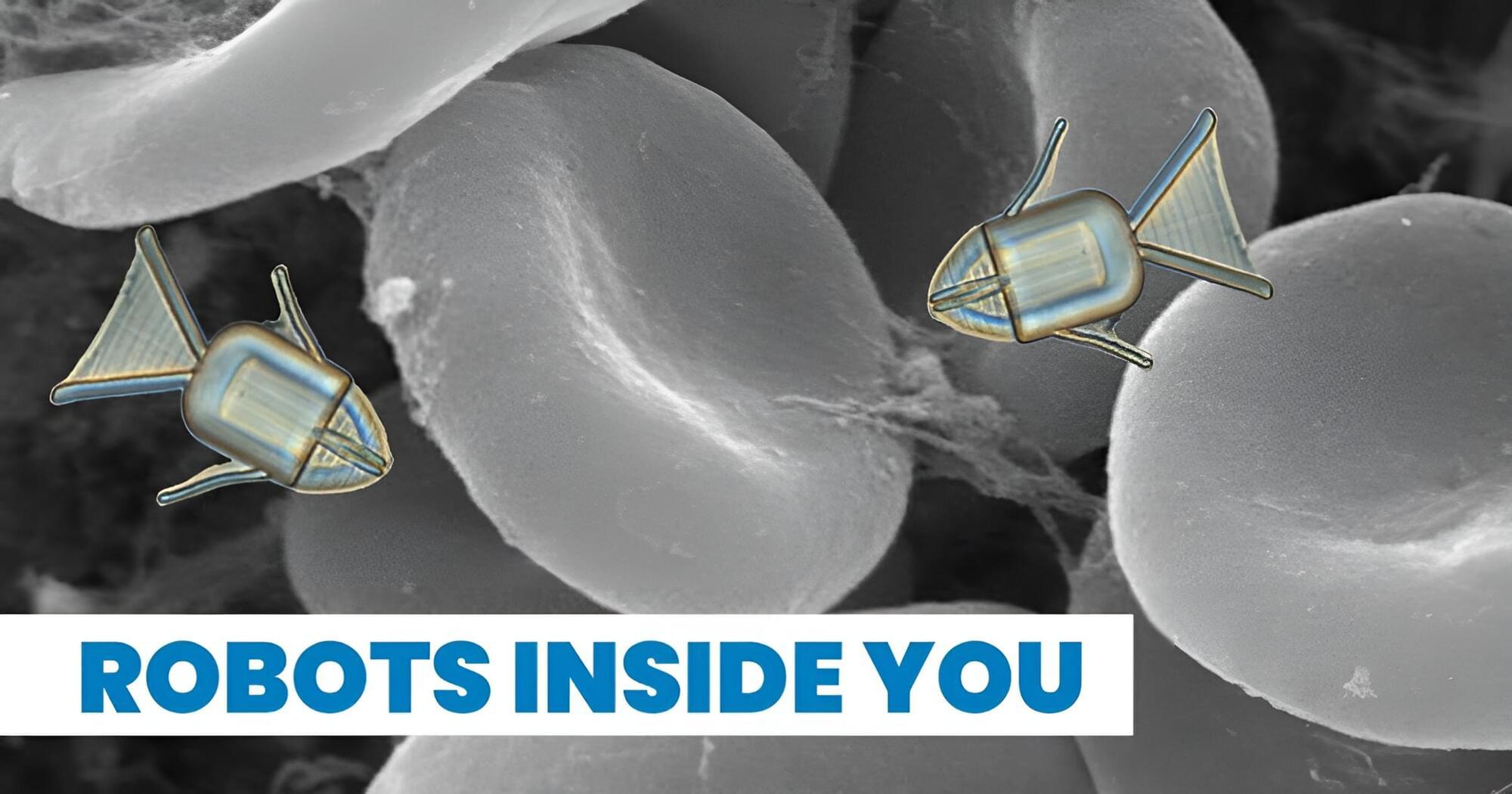
Scientists have developed shape-shifting nanorobots that can flow like liquid and solidify like steel, paving the way for breakthroughs in medicine, engineering, and robotics. These nanobots, inspired by gallium-based materials, respond to magnetic fields, allowing them to navigate through tight spaces, repair electronics, and even perform medical procedures. While still in the early stages, this futuristic technology could lead to self-healing materials, autonomous repairs, and shape-adaptive robotics, bringing us closer to a world of smart, responsive materials.
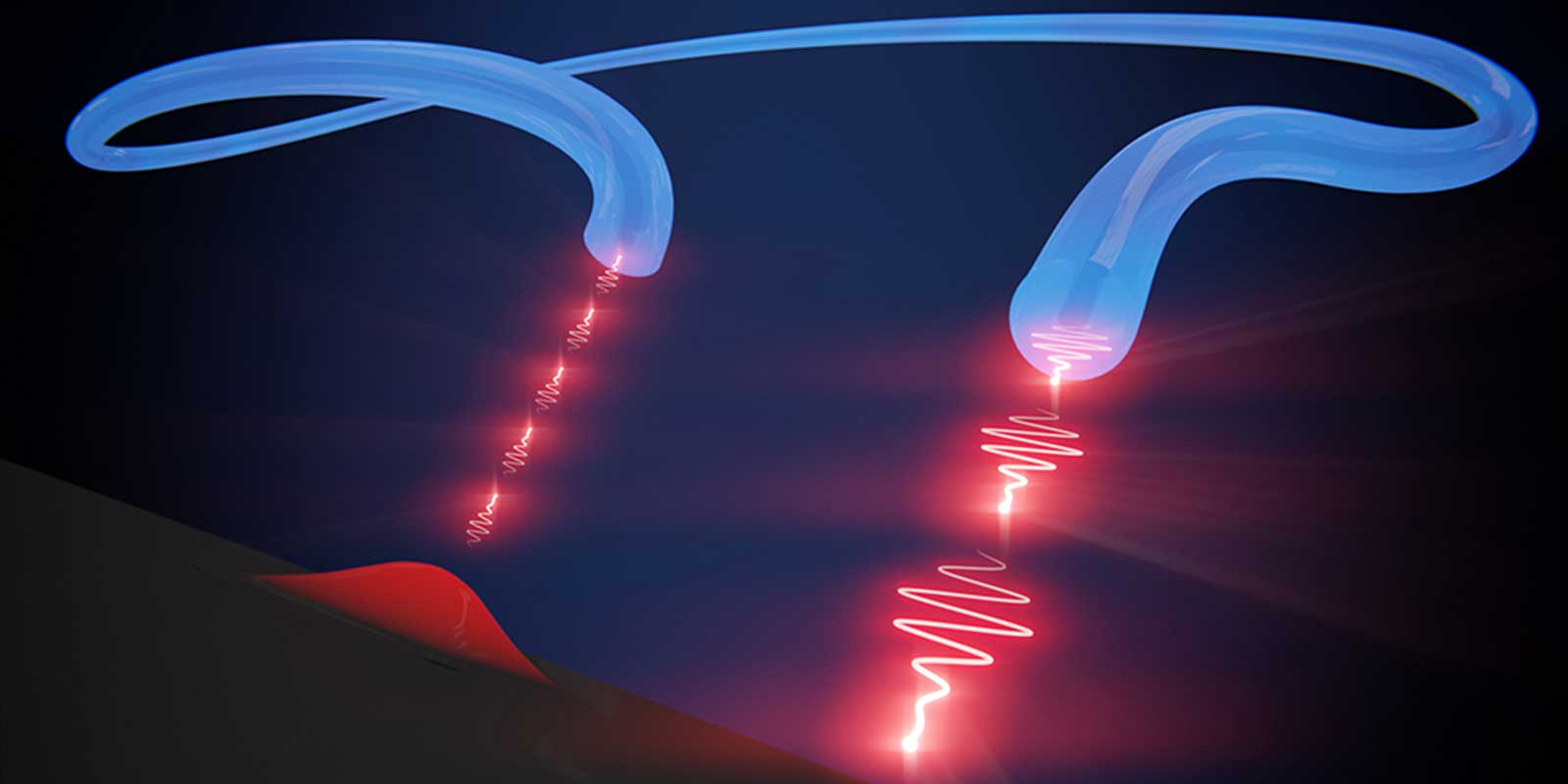

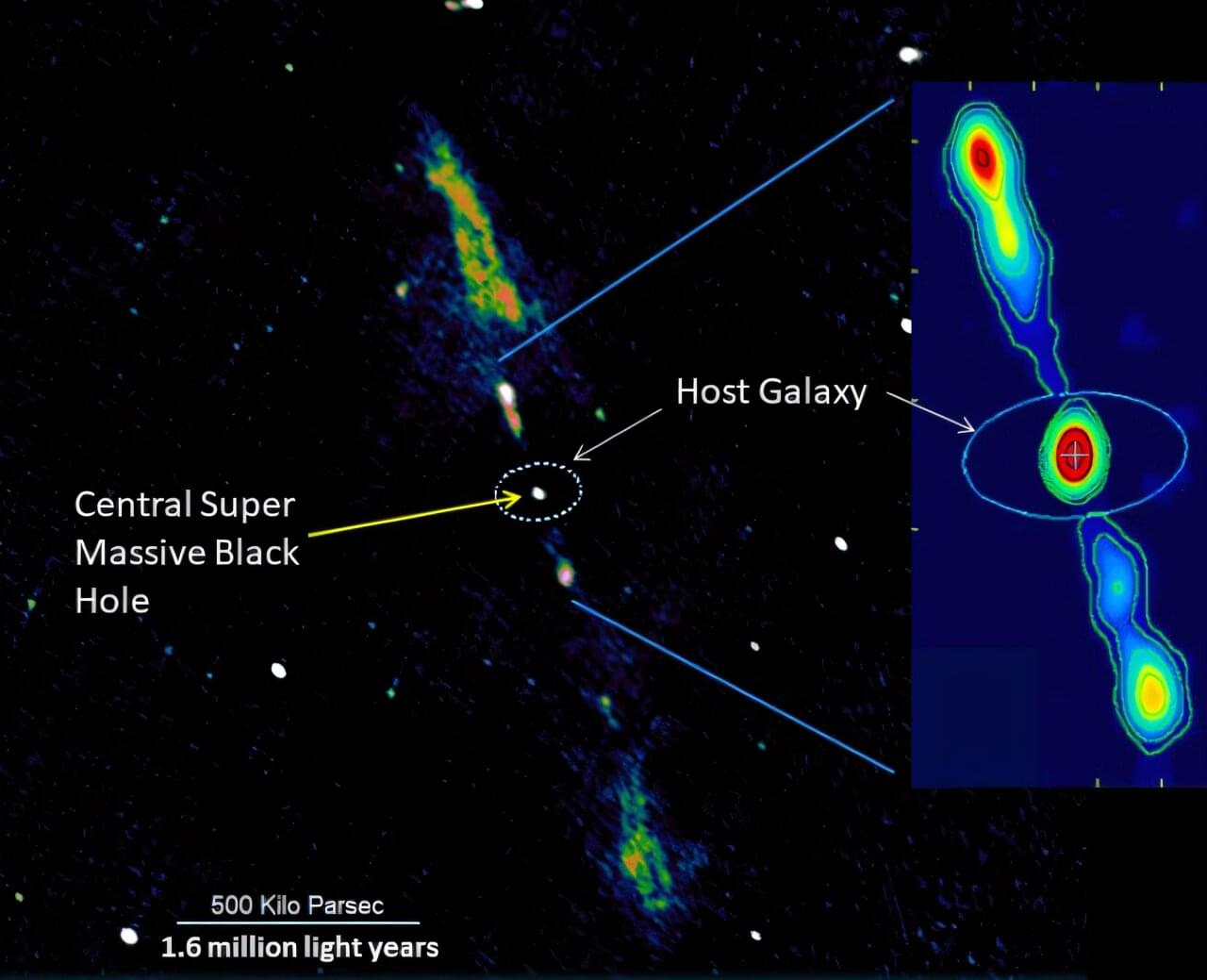
A terrifying glimpse at one potential fate of our Milky Way galaxy has come to light thanks to the discovery of a cosmic anomaly that challenges our understanding of the universe.
An international team of astronomers led by CHRIST University, Bangalore, found that a massive spiral galaxy almost 1 billion light-years away from Earth harbors a supermassive black hole billions of times the sun’s mass which is powering colossal radio jets stretching 6 million light-years across.
That is one of the largest known for any spiral galaxy and upends conventional wisdom of galaxy evolution, because such powerful jets are almost exclusively found in elliptical galaxies, not spirals.
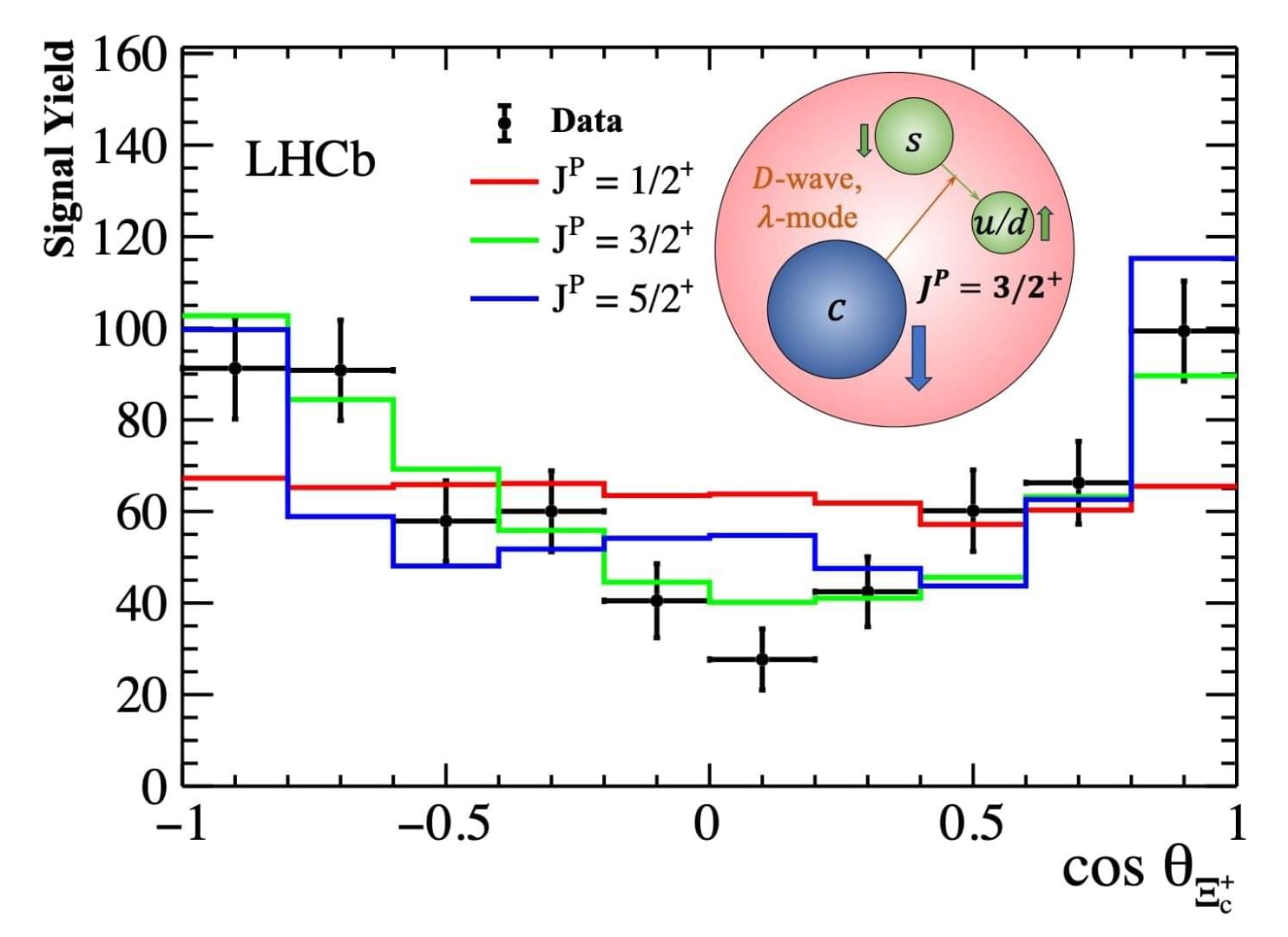
In a new development at CERN, researchers at the LHCb collaboration have determined the spin-parity of singly heavy charm baryons for the first time, addressing a long-standing mystery in baryon research.
Singly heavy baryons are particles containing one heavy quark—which in this case is a charm quark—and two light quarks. While the existence of these particles is not new, the exact nature of their excitation modes has remained elusive.
The study, published in Physical Review Letters, determined the nature by measuring the spin-parity of these charm baryons. Phys.org spoke to co-author Guanyue Wan, a Ph.D. Candidate at Peking University, China.

Ten years ago, nobody knew that Asgard archaea even existed. In 2015, however, researchers examining deep-sea sediments discovered gene fragments that indicated a new and previously undiscovered form of microbes.
With computer assistance, the researchers assembled these fragments like puzzle pieces to compile the entire genome. It was only then that they realized they were dealing with a previously unknown group of archaea.
Like bacteria, archaea are single-celled organisms. Genetically, however, there are significant differences between the two domains, especially regarding their cell envelopes and metabolic processes.